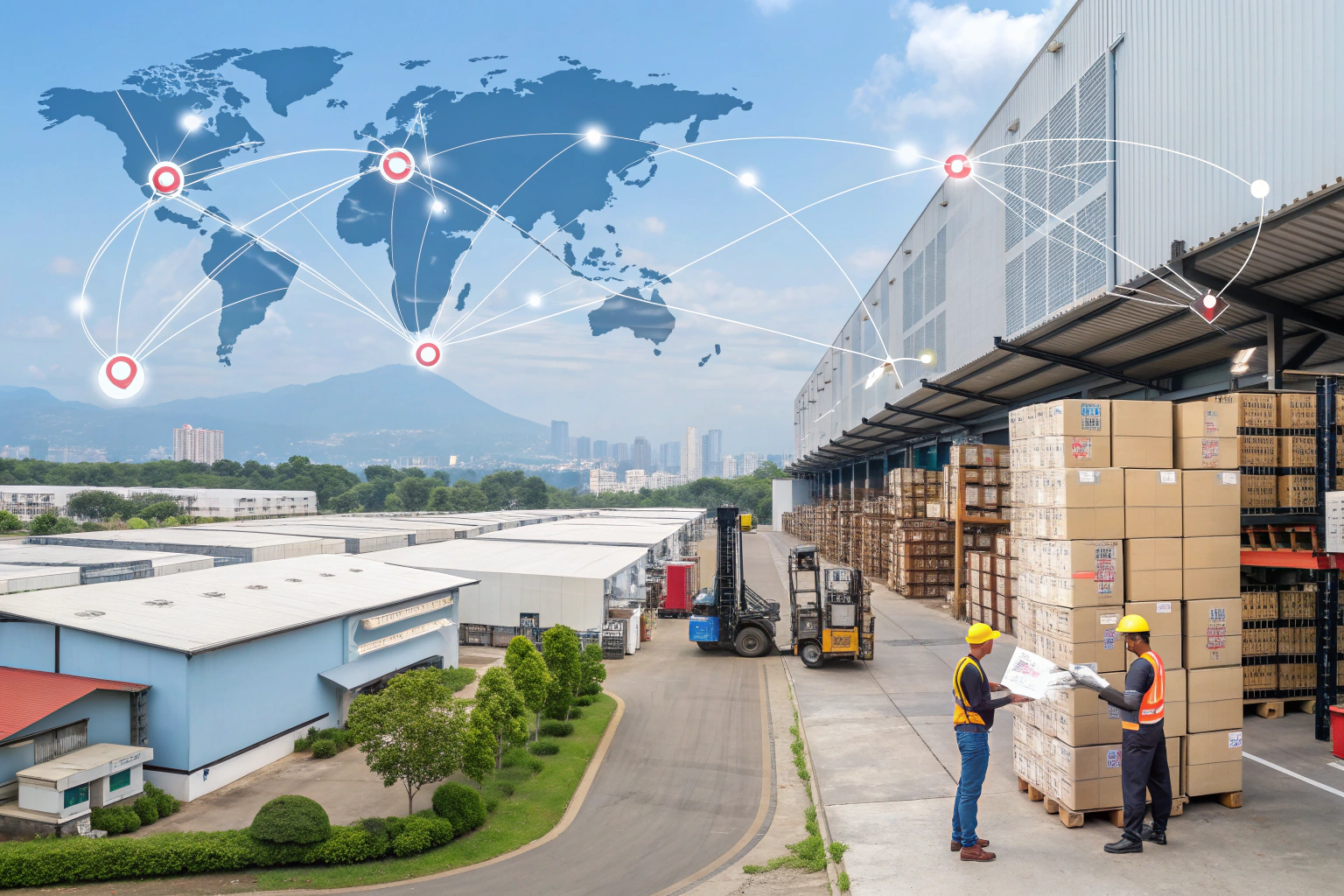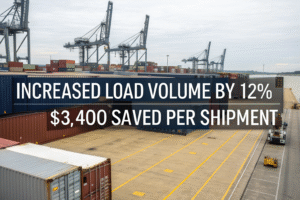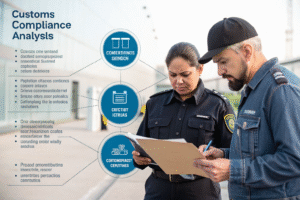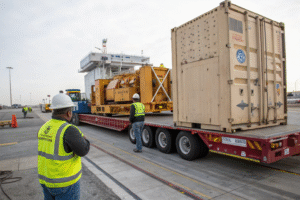When the Red Sea crisis disrupted shipping lanes in early 2024, our clients with resilient supply chains maintained operations while competitors faced months of delays. As founder of GeeseCargo, I've learned that resilience isn't about avoiding disruptions—it's about building systems that continue functioning when disruptions inevitably occur. The supply chain challenges of 2025 require fundamentally different approaches than what worked just five years ago.
Building a resilient supply chain in 2025 requires geographic diversification, digital transformation, strategic inventory positioning, and flexible partnership models. Companies implementing comprehensive resilience strategies are experiencing 40-60% fewer disruption impacts and recovering 3-5 times faster from supply chain shocks while maintaining cost increases below 8%.
The era of efficiency-at-all-costs supply chains has ended. The new paradigm balances efficiency with resilience, recognizing that the lowest-cost option often carries hidden risks that emerge during disruptions. Let's examine the key strategies that will define successful supply chains in 2025.
How Can Geographic Diversification Reduce Your Risk Exposure?
Overconcentration in single regions or transportation routes represents the greatest vulnerability for most supply chains. Strategic diversification creates natural buffers against regional disruptions.
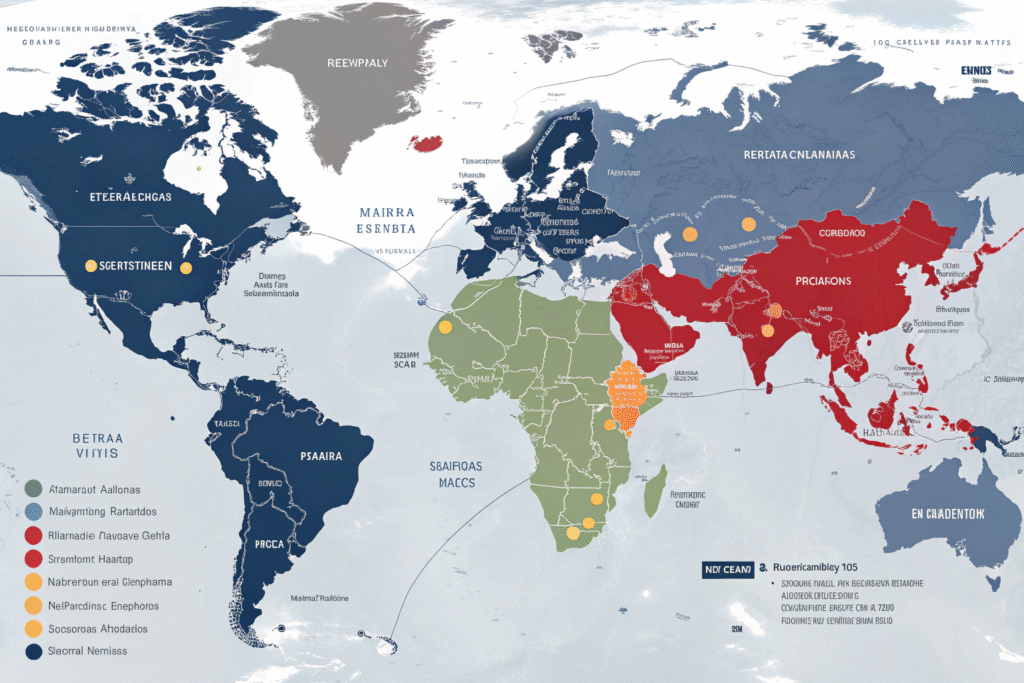
What Does Effective Manufacturing Diversification Look Like?
The China-Plus-Three strategy has evolved from optional to essential for resilient sourcing. While China remains a manufacturing powerhouse, supplementing with Vietnam, Mexico, and Eastern European production creates crucial redundancy. Each region offers different advantages and faces unique risks, providing natural hedging.
Nearshoring critical components within the same time zone enables faster response to demand changes. Mexican manufacturing for US markets and Eastern European production for EU customers are experiencing unprecedented growth. The 15-25% cost premium is often justified by reduced lead times and lower transportation risk.
Micro-vertical integration for essential components provides control over critical path items. Rather than full vertical integration, identify the 5-10 components most essential to your products and secure dedicated production capacity through ownership or exclusive partnerships.
How Should Transportation Route Planning Evolve?
Multi-corridor shipping strategies eliminate dependency on single waterways or infrastructure. The Panama Canal drought and Red Sea disruptions demonstrated how chokepoints can paralyze supply chains. Developing familiarity with multiple routes before crises occur is crucial.
Intermodal flexibility allows shifting between ocean, air, and rail based on conditions. While ocean freight remains the primary mode, having established relationships and processes for air and rail alternatives enables rapid adaptation. The premium for flexibility is insurance against catastrophic delays.
Port diversification spreads risk across multiple gateways. Instead of relying solely on Los Angeles/Long Beach, develop capabilities through East Coast and Gulf ports. Similarly, Asian shipments should utilize multiple origin ports to avoid regional disruptions.
What Digital Technologies Will Define Resilient Supply Chains?
Visibility alone no longer suffices for resilience. Predictive analytics, artificial intelligence, and digital twin technologies are becoming essential for anticipating and managing disruptions.

How Can Predictive Analytics Anticipate Disruptions?
Advanced warning systems analyze geopolitical, weather, and economic indicators to forecast potential disruptions. Machine learning models process thousands of data points to identify patterns preceding supply chain failures. These systems provide 2-6 week advance warnings, enabling proactive adjustments.
Supplier risk monitoring continuously assesses the financial and operational health of partners. Rather than annual reviews, real-time monitoring of supplier performance, financial stability, and compliance issues identifies vulnerabilities before they impact your operations.
Demand sensing technology detects subtle shifts in customer behavior that signal major changes. By analyzing point-of-sale data, social trends, and economic indicators, these systems provide earlier and more accurate demand forecasts than traditional methods.
What Role Will Digital Twins Play in Resilience Planning?
Supply chain simulation models test responses to various disruption scenarios before they occur. Digital replicas of your entire supply chain allow stress-testing against port closures, supplier failures, or demand spikes without operational risk.
Contingency planning becomes data-driven rather than theoretical. Instead of generic backup plans, digital twins identify exactly which alternatives work best for specific disruption types, quantifying the cost and timeline implications of each option.
Continuous optimization occurs as the digital twin learns from actual disruptions and responses. The system becomes increasingly accurate at predicting outcomes and recommending optimal responses based on accumulated experience.
How Should Inventory Strategy Evolve for Resilience?
The just-in-time inventory model must adapt to a just-in-case reality without reverting to the capital-intensive approaches of the past. Smart inventory positioning balances availability with efficiency.

Where Should Strategic Buffer Inventory Be Positioned?
In-transit buffer calculations account for both regular lead times and potential disruptions. Rather than fixed safety stock levels, dynamic buffers adjust based on current disruption risks, seasonality, and supplier reliability.
Regional fulfillment centers located near major customer clusters reduce dependency on any single location. The 3-5 day delivery standard for e-commerce requires inventory positioned within regions rather than centralized national distribution.
Upstream inventory at supplier locations or consolidation hubs provides flexibility during transportation disruptions. Holding components or finished goods closer to manufacturing sites enables alternative routing when primary channels are compromised.
How Can Inventory Financing Models Support Resilience?
Inventory financing partnerships share the capital burden of buffer stocks. Rather than bearing all carrying costs internally, arrangements with suppliers, financiers, or customers can make strategic inventory economically viable.
Dynamic inventory ownership models transfer title based on actual consumption or need. Suppliers maintain ownership until specific trigger events, reducing capital requirements while ensuring availability.
Multi-echelon inventory optimization calculates optimal stock levels across the entire supply network rather than location by location. This systems approach minimizes total inventory while maintaining service levels.
What Partnership Models Enhance Supply Chain Resilience?
The traditional transactional approach to logistics partnerships is evolving toward collaborative ecosystems that share risk, information, and capabilities.
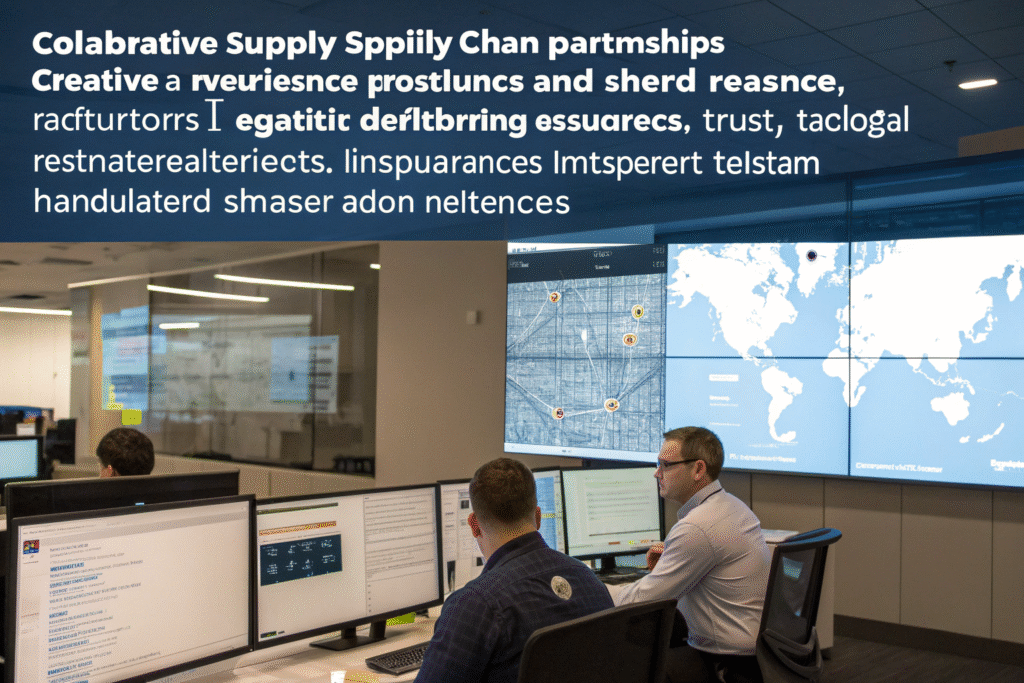
How Should Supplier Relationships Evolve?
Co-investment in resilience initiatives aligns interests and shares costs. Rather than demanding resilience from suppliers without support, joint investments in redundancy, inventory, or technology create true partnerships.
Transparency expectations must extend both ways. While requiring visibility into supplier operations, manufacturers must also share demand forecasts, inventory positions, and risk assessments to enable collaborative planning.
Performance metrics should balance efficiency with resilience. Traditional metrics focusing solely on cost and on-time delivery must expand to include disruption recovery time, flexibility, and transparency.
What Logistics Partnership Characteristics Matter Most?
Geographic and modal coverage breadth becomes crucial for navigating disruptions. Partners with truly global capabilities across multiple transportation modes provide more alternatives during regional crises.
Financial stability ensures partners can withstand economic shocks that might compromise service. The pandemic demonstrated how financially vulnerable logistics providers can become liabilities during extended disruptions.
Technological integration capability separates modern partners from traditional providers. API connectivity, data analytics, and digital collaboration tools are no longer nice-to-have features but essential requirements.
Conclusion
Building a resilient supply chain in 2025 requires fundamental shifts in strategy, technology adoption, and partnership approaches. The most successful organizations are those that view resilience not as a cost center but as a competitive advantage that enables growth during uncertainty.
At GeeseCargo, we've developed a resilience maturity model that helps clients assess their current state and build roadmaps for improvement. The journey typically begins with visibility and progresses through diversification, predictive capabilities, and ultimately to self-healing supply chains that automatically adapt to disruptions.
Start your resilience initiative by conducting a vulnerability assessment that identifies your most significant single points of failure. Then develop specific mitigation strategies for each vulnerability, beginning with those that combine high impact with practical implementation. Remember that perfect resilience is impossible, but substantial improvement is achievable through focused, sustained effort.
